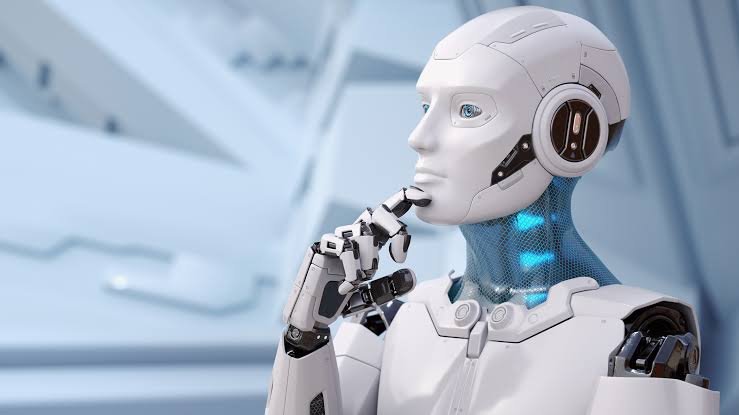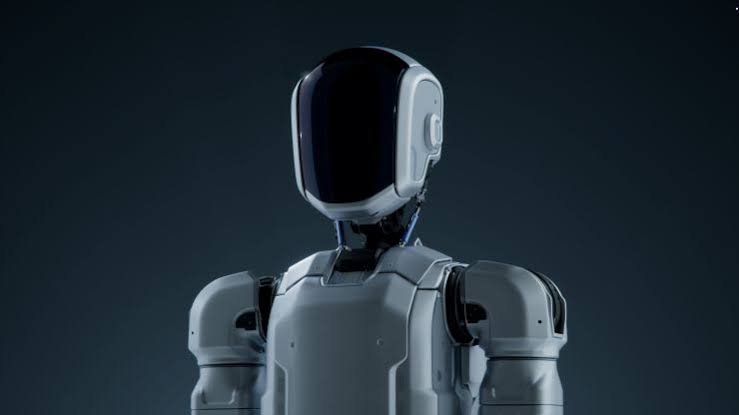Introduction to Robotics Advancements
The field of robotics has witnessed remarkable progress in recent years, significantly altering the landscape of various industries. Recent advancements in robotics are primarily driven by breakthroughs in artificial intelligence (AI), machine learning, and sensor technologies. These innovations have made robots not only more capable in their functionality but also intelligent, allowing them to perform complex tasks with improved efficiency and autonomy.
Artificial intelligence plays a pivotal role in enhancing robotic capabilities. By enabling robots to process vast amounts of data, AI allows for real-time decision-making and adaptation to changing environments. Machine learning algorithms further empower these systems by allowing them to learn from experiences, improve performance, and perform tasks without explicit programming. This shift towards intelligent robotics has opened new avenues for automation across diverse sectors.
In manufacturing, for example, robotics advancements have resulted in the development of smart factories. These facilities employ robots capable of collaborating with human workers, managing logistics, and conducting quality control with minimal human intervention. Such integration minimizes human error and increases productivity, ultimately leading to enhanced profitability.
Moreover, the healthcare industry is experiencing a paradigm shift due to advancements in robotics. Surgical robots, equipped with cutting-edge sensors and AI, allow for precise, minimally invasive procedures that improve patient outcomes and reduce recovery times. Additionally, robotic systems are being deployed in rehabilitation settings to assist patients in their recovery journeys, showcasing the versatility of modern robotics.
Service sectors are also benefiting from recent innovations, as robots are being implemented to enhance customer experiences. Robotic assistants, equipped with natural language processing and contextual understanding, are now commonplace in various businesses, providing support and improving efficiency.
In conclusion, the current state of robotics is characterized by rapid advancements that are shaping industries across the globe. These developments hold significant promise for increased productivity, safety, and efficiency, indicating a future where humans and intelligent robots coexist seamlessly in the workforce.
Key Innovations in Robotics Technology
The field of robotics is experiencing rapid advancements that are fundamentally transforming how we perceive and interact with machines. One notable area of innovation is the improvement in robot mobility and agility. Modern robots are increasingly equipped with sophisticated locomotion systems, allowing them to traverse challenging terrains and perform complex tasks. For instance, Boston Dynamics’ Spot robot showcases advanced mobility, enabling it to navigate rough environments, climb stairs, and complete a variety of tasks in construction and inspection scenarios.
Additionally, the rise of soft robotics marks a significant leap forward in the design and function of robotic systems. Unlike traditional rigid robots, soft robots are made from flexible materials that can adapt to their surroundings. These robots are particularly beneficial in delicate applications such as medical surgeries and agricultural harvesting. The use of soft robotics in minimally invasive surgery demonstrates how these innovations can enhance patient care by providing gentle manipulation inside the human body.
Moreover, improvements in robotic perception have led to better interaction between humans and robots. Advanced sensors, including LIDAR and computer vision systems, enable robots to understand their environment more effectively. Examples such as autonomous delivery drones and self-driving vehicles illustrate how these enhanced perceptual capabilities facilitate safer navigation and interactions in dynamic settings. Social robots, like SoftBank’s Pepper, exhibit advanced emotional recognition, enabling them to read human emotions and respond appropriately, enhancing user experience.
The integration of advanced artificial intelligence (AI) systems further augments the capabilities of robots. AI empowers machines to learn from experience, adapt to new situations, and make informed decisions. Notable applications include robotic process automation in industries, which streamlines operations and increases efficiency. These key technological innovations underscore the transformative potential of robotics, dramatically impacting various sectors and enhancing human productivity.
Impact of Robotics on Different Industries
The integration of robotics across various sectors has led to transformative changes, dramatically altering operational landscapes and enhancing efficiency. In the healthcare industry, for example, the advent of surgical robots has significantly improved the precision of medical procedures. These advanced systems allow surgeons to perform complex surgeries with minimal invasiveness, resulting in reduced recovery times and better patient outcomes. The da Vinci Surgical System illustrates this trend effectively; its robotic arms enable surgeons to execute delicate tasks with enhanced accuracy.
In agriculture, robotics have introduced innovative solutions that enhance productivity and sustainability. The deployment of drones for crop monitoring exemplifies how aerial technologies can collect vast amounts of data, enabling farmers to make informed decisions based on real-time analytics. Automated systems are also evolving, with precision farming techniques allowing for optimal resource usage—leading to reduced waste and improved crop yields. Such advancements suggest that the agricultural sector can tackle pressing challenges like food security and environmental concerns more effectively through robotics.
The logistics industry has witnessed a paradigm shift with the implementation of robotic automation in supply chain management. Automated guided vehicles (AGVs) and robotic arms in warehousing streamline operations, reducing the time taken for sorting and dispatching goods. Companies, such as Amazon, have aggressively adopted robotics to enhance their fulfillment processes, allowing them to meet customer demands promptly and efficiently. However, challenges remain, such as workforce displacement and the need for extensive retraining as robots assume more roles traditionally managed by humans.
While the benefits of robotics in these fields are apparent, the integration of such technologies does pose challenges that must be addressed to maximize their potential. The continued evolution of robotics will undoubtedly influence various industries, shaping their future dynamics.
The Future of Robotics: Trends and Predictions
The future landscape of robotics is poised for remarkable transformation, driven by rapid technological advancements and extensive research efforts. As industries increasingly adopt automation and robotics, we can anticipate several emerging trends that will significantly shape our daily lives and professional environments. One of the most prominent trends is the increased integration of artificial intelligence (AI) within robotics, enabling machines to perform complex tasks and make autonomous decisions. This progression will enhance productivity and efficiency across various sectors, including manufacturing, healthcare, and logistics.
Moreover, the ethical implications of robotics must be thoroughly addressed as these technologies become more prevalent. The responsibility of ensuring that robots operate in a manner that aligns with societal values lies with developers, policymakers, and users. As robots take on roles traditionally held by humans, concerns surrounding job displacement will continue to be a topic of discussion. The implementation of robotics in the workforce may lead to concerns about unemployment, affordability of training programs for displaced jobs, and socioeconomic disparities. Stakeholders must collaborate to seek solutions that foster workforce adaptability and skill diversification.
Regulation and safety standards will also play a crucial role in the future of robotics. To ensure the safe deployment of robotic technologies, it is essential to establish comprehensive frameworks addressing functionality, reliability, and accountability. Striking a balance between innovation and regulation will be pivotal in mitigating risks while promoting advancements in robotics. Experts predict that greater emphasis on collaborative robots, or cobots, which can work alongside human counterparts, will alleviate some fears associated with job displacement while enhancing overall productivity.
As we navigate the next decade, insights from industry leaders suggest that robotics will continue to evolve, integrating seamlessly into everyday life. From personal assistance robots to automated transportation solutions, the future of robotics holds endless possibilities that promise to transform how we live and work.

